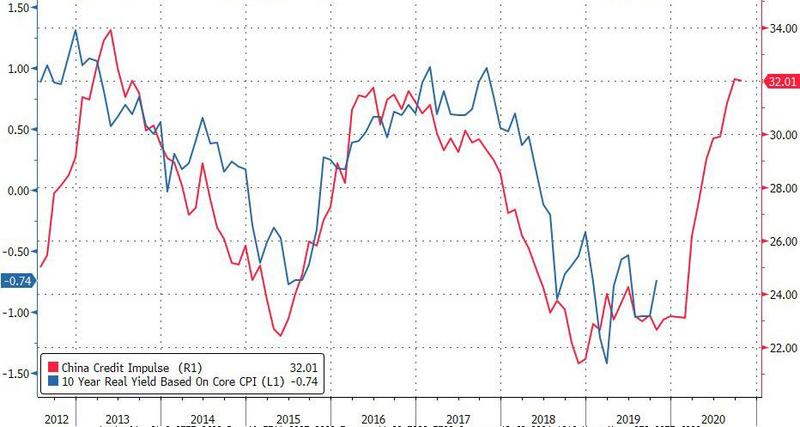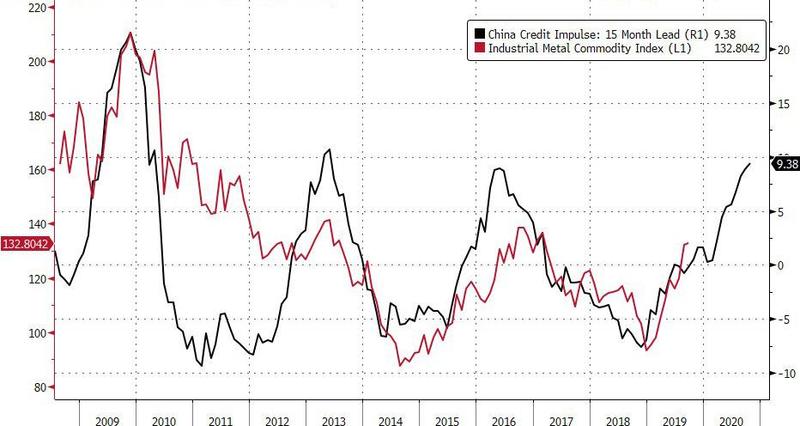“TOO BIG TO FAIL”, “TOO MANY TO BAIL”
Neither China nor the US could even hope to cope with layoffs associated with the bankruptcies of their large domestic employers while concurrently attempting to handle the fallout from the industry wide Covid-19 destruction in sectors such as Travel, Leisure, Hospitality and Small Business
What we have therefore is China trying to halt the onslaught of bankruptcies through its massive Credit Infusions with the US doing the same through the Federal Reserves SMCCF (Secondary Market Corporate Credit Facility) Program.
What this is creating is a growing list of Zombie Corporations and a new category called Vampires (not only do they not have enough cashflow to cover interest expense which defines Zombies, but they don’t have any cash flow period and burn cash outright as they have negative EBITDA).
- ZOMBIES
- 20% of all US Russell 3000 corporations Are Now Zombies,
- America’s Zombie Companies Have Racked Up $1.4 Trillion of additional Debt during the Pandemic.
- VAMPIRES (also called SUPER ZOMBIES)
- These are the companies which Hyman Minsky would define as engaging in Ponzi Finance, which is the state of financialization right before the infamous Minsky Moment pushes the cycle into the Bust phase, and where companies have to rely on new debt merely to fund operations. When mature, formerly profitably companies with little to no growth and massive debt loads start burning cash, that’s when things get ugly.
- According to Bloomberg, the number of companies with junk-rated debt coupled with negative EBITDA reached a staggering 47 in the third quarter. That’s nearly double the level seen in the second quarter out of a universe of 600 junk-rated borrowers.
- Unsurprisingly, many of these “super-zombies” operate in the airline, cruise line, and hospitality industries. Companies such as Delta, Royal Caribbean and United Airlines Holdings are among those that have seen trailing-twelve-month EBITDA turn negative in the third quarter.


